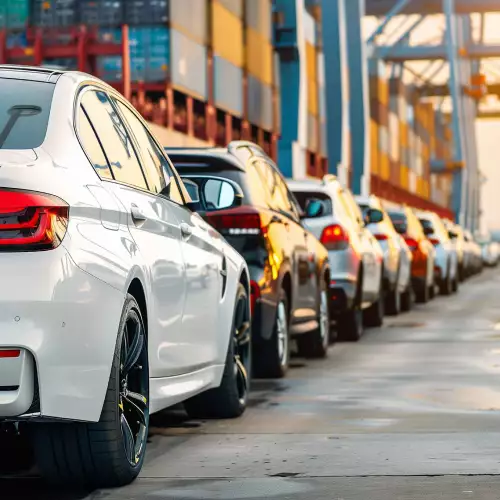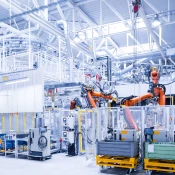Beyond technical implementation, success hinges on design choices that promote adoption, thoughtful process reengineering, and an unwavering focus on savings targets.
Featured Insights
Artificial Intelligence, Digital, and Tech
Video
March 6, 2025
GenAI in the Driver's Seat: Innovation or Expensive Gimmick
How will generative AI shape the future of the automotive industry? At CES 2025, BCG's Vanessa Lyon led a discussion with experts from BorgWarner, CNH, Cox Automotive, and Google on GenAI’s transformative potential—tackling key challenges in implementation and scalability.
Video
March 26, 2024
BMW's Global Head of Brand and Product Management explains how the right organizational processes and platforms can help companies maximize the value of GenAI tools.
Electrification
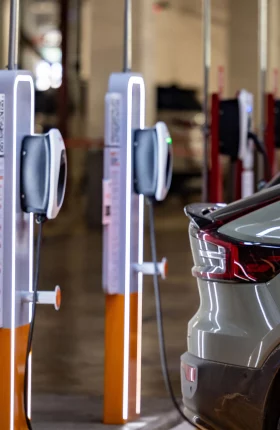
Article
March 20, 2024
More than two-thirds of US consumers are considering buying an electric vehicle. Can OEMs meet their price and performance needs while still making a profit?
Video
July 12, 2024
Climate Change Is a Systems Problem
To tackle it, you need a systems solution. WeaveGrid’s Apoorv Bhargava and BCG’s Thomas Baker talk about optimizing the grid for renewables, across industries.
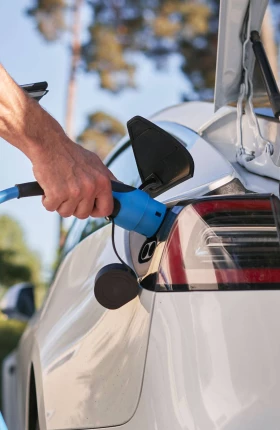
Article
July 27, 2023
Charging an electric vehicle takes more time than fueling a car. An innovative BCG simulation identified key factors that will help drivers make the switch to an EV.
Software Defined Vehicles
Video
December 13, 2024
Aptiv’s Future-Forward Innovations Are Driving Change in the Auto Industry
In an incredibly dynamic market, Kevin Clark, CEO of Aptiv, explains how the company is using technology to improve safety and efficiency while also creating solutions for its customers.

Article
September 7, 2023
As cars steadily become software-defined vehicles (SDVs), automotive and technology companies must develop their partnering super skills to drive innovation and industry profits.

Article
October 6, 2023
As vehicles become “computers on wheels,” key insights about the rapidly changing market landscape point to the need for greater collaboration among industry players.
Subscribe to our Automotive Industry E-Alert.
Autonomous Vehicles and New Mobility
Video
January 10, 2025
What’s Next in Autonomous Vehicles?
Autonomous vehicles are on the move in several US cities. BCG’s Brian Collie reflects on two major CES announcements and the transformative potential of this technology.

Article
October 28, 2024
Congestion, accidents, emissions, and other challenges require cities to develop holistic mobility alternatives that will shift travel from private transport to public and active modalities.
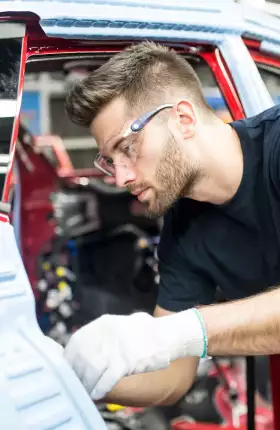
Article
September 5, 2023
The European automotive industry has been a critical force in the continent’s economy and industrial success for decades, but now the traditional sources of the auto industry’s strength are threatened.
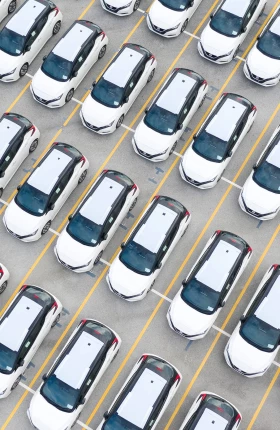
Article
April 18, 2023
Every automaker is preparing for the full transformation to electric, connected cars. Are their operating models, talent pools, ways of working, and corporate culture ready?
Suppliers
Video
January 15, 2025
How Auto Suppliers Can Thrive in 2025
Years of challenges with more on the horizon means suppliers must find ways to manage costs and reimagine their business. BCG’s Brian Collie explains how.
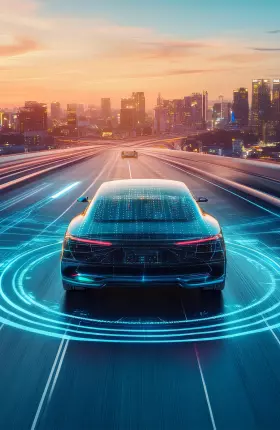
Article
November 14, 2024
A new tech stack is taking shape in the auto industry. Tier one suppliers that are still trying to determine where to play risk being crowded out.

Article
June 27, 2023
To boost their resilience to supply chain disruptions, auto companies need new methods to anticipate and mitigate risks across the supplier spectrum.

Article
February 24, 2023
Industry alone can’t solve the challenges. US government action is needed as well.
Retail and Aftermarket
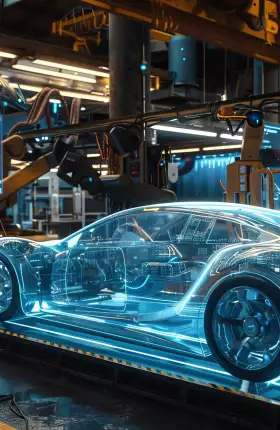
Article
September 18, 2024
The €64 billion aftermarket auto parts business in Europe faces challenges that will alter dynamics and threaten revenue and profits. We outline the findings of our research.

Slideshow
April 12, 2023
The next generation of vehicles will increasingly be defined by their software. The implications for every player in the auto value chain are enormous.
Video
January 2, 2025
Why Do We Still Negotiate the Price of Cars?
Negotiating the price of a product can be uncomfortable. Andrej Levin shows how advancements in AI could help companies across industries set optimal fixed prices, making bargaining a thing of the past.
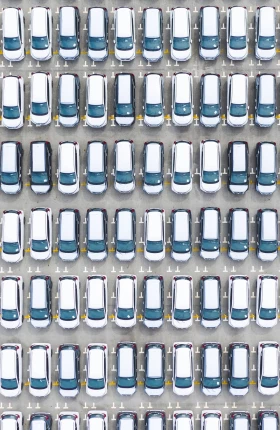
Article
December 14, 2023
The car selling model has remained unchanged for decades. But as the industry evolves, is the model about to change for good?
Commercial Vehicles and Off Highway

Slideshow
October 12, 2023
Despite having a positive effect on the medium- and heavy-duty truck sector overall, the clean-energy transition will disrupt business models and employment, requiring suppliers, OEMs, and other players to prepare for change now.

Article
October 24, 2022
BCG and Kodiak Robotics have developed an interactive tool to identify routes that can help optimize the expansion—and benefits—of autonomous trucking.
Operations

Article
January 8, 2025
The way consumers buy automobiles has changed radically since the Mad Men era, but not automakers’ marketing. This shift calls for a faster, data-driven approach.

Article
April 26, 2024
Commercial excellence is a critical yet undermanaged lever for value creation and financial performance in the machinery and automation sector.
